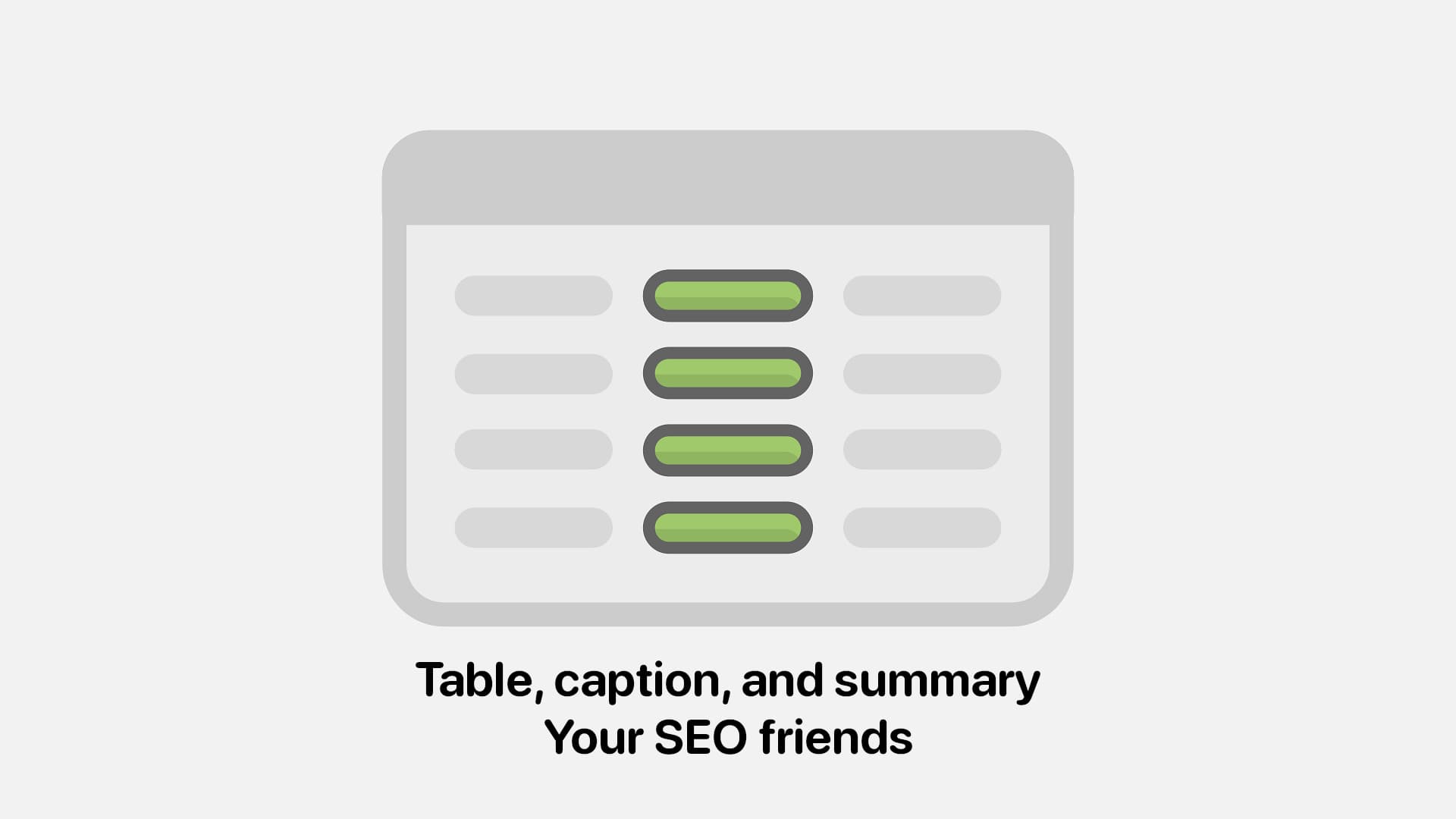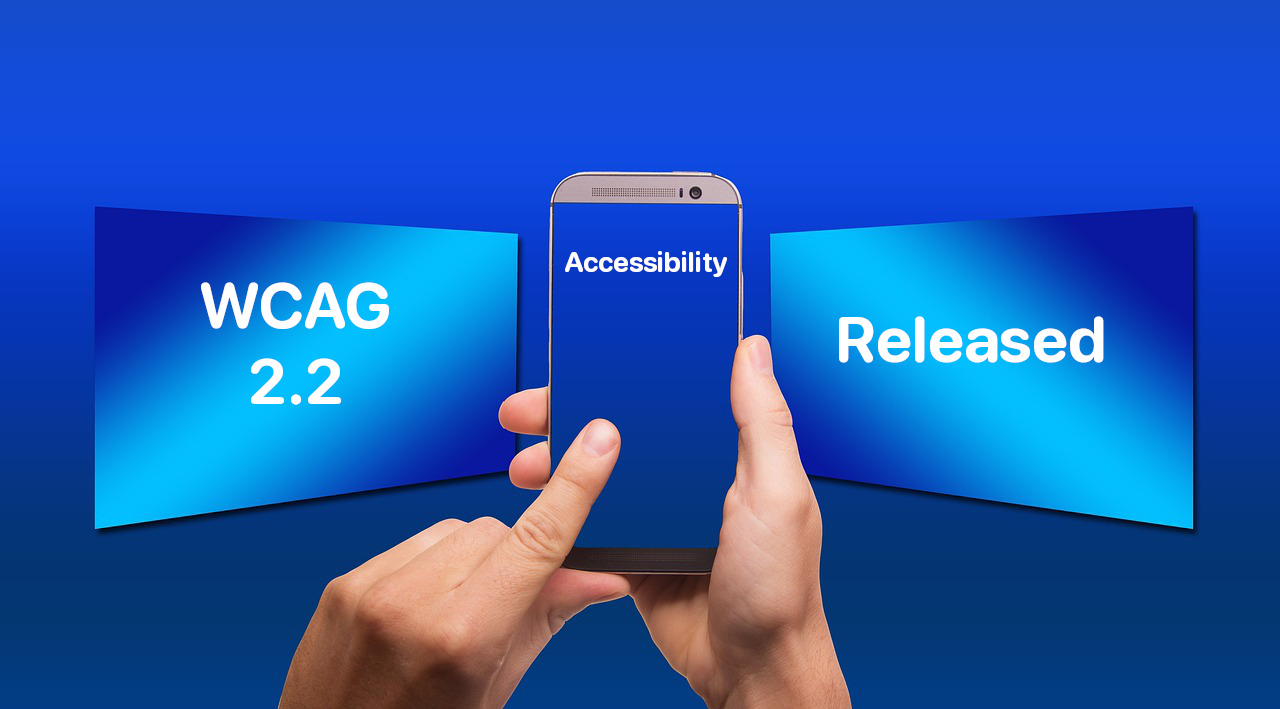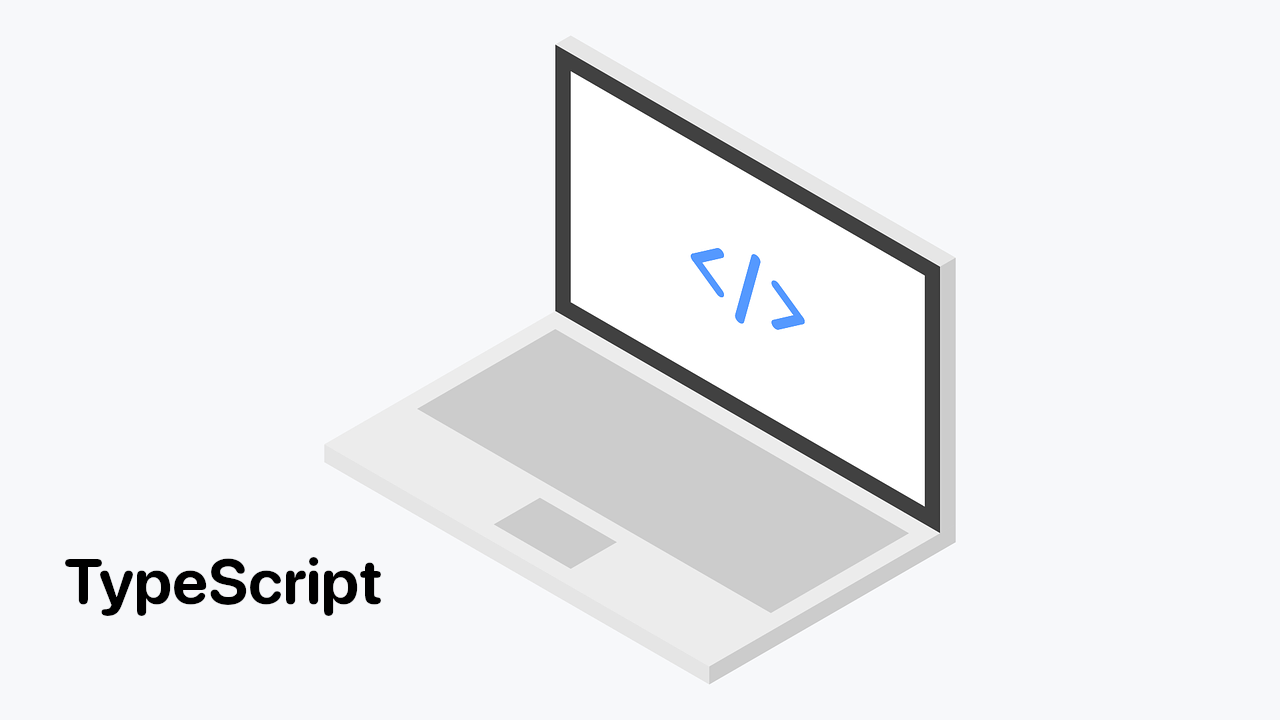Sass with RTL and LTR support isn’t available out of the box, but it can be done through simple Sass @mixin and @include rules that can be used across all Sass files.
RTL stands for Right-to-Left. It is a writing direction used in languages such as Arabic, Hebrew, and Persian. Supporting both right-to-left (RTL), more often bi-directional (BiDi), and left-to-right (LTR) representations of Web pages can be a challange.
Note that you can also achieve the same with Less (which stands for Leaner Style Sheets).
Continue reading “Sass with RTL and LTR support: creating multilingual websites”








